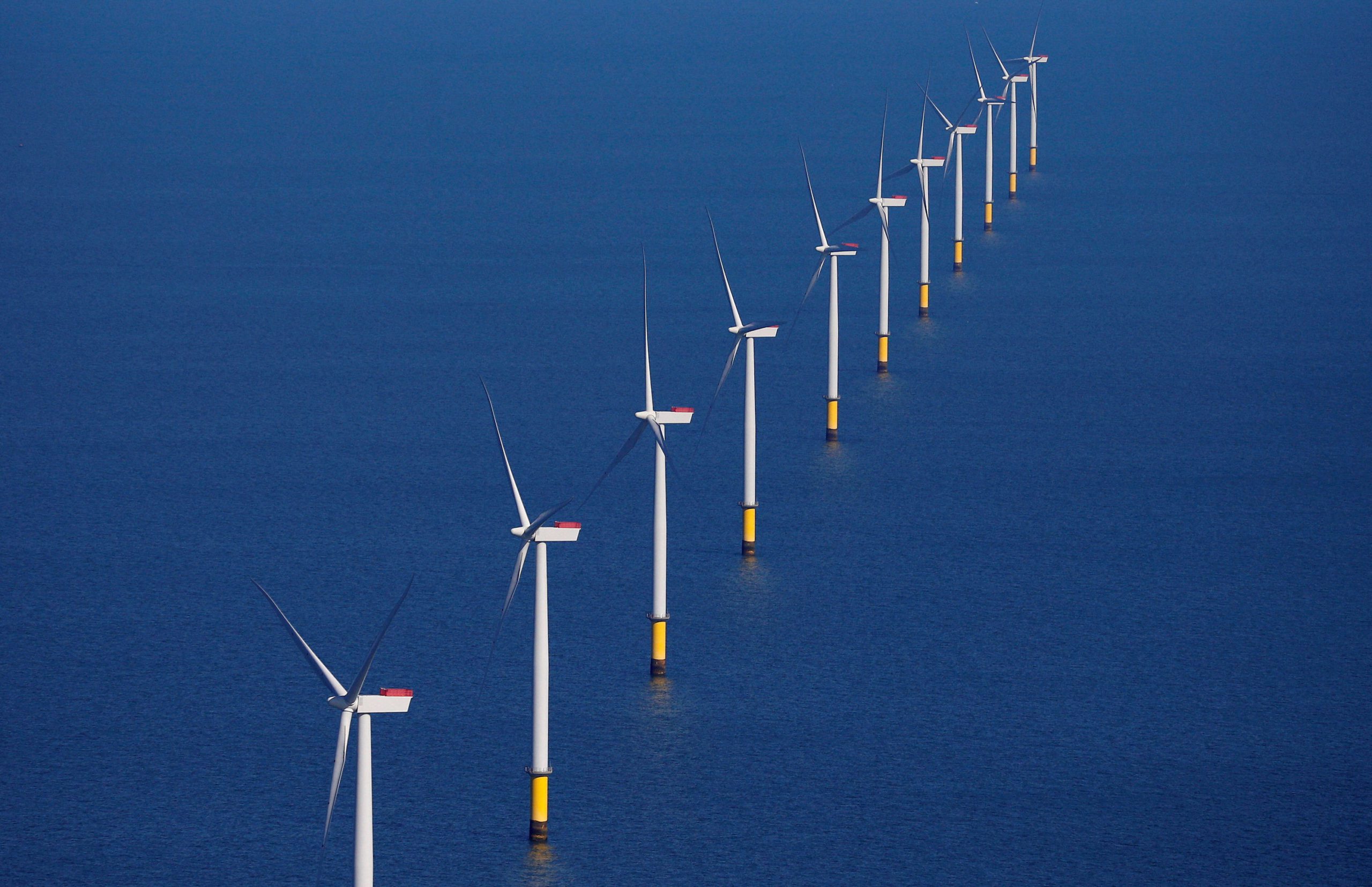Construction activities for the Empire Wind project off New York’s coast have been suspended following a halt work order from the U.S. government, Norwegian energy firm Equinor said Thursday.
Empire Offshore Wind LLC received notice from the Bureau of Ocean Energy Management (BOEM) on Wednesday, April 16, 2025, ordering an immediate cessation of all activities on the outer continental shelf pending BOEM’s review. The decision follows President Trump’s executive order mandating a halt to all offshore wind development on the U.S. Outer Continental Shelf.
“Upon receipt of the order, immediate steps were taken by Empire and its contractors to initiate suspension of relevant marine activities, ensuring the safety of workers and the environment,” Equinor said in a statement. The company added it is now exploring legal remedies, including an appeal of the order.
Interior Secretary Doug Burgum justified the suspension citing concerns about the previous administration’s approval process. On social media platform X, Burgum stated the halt would continue “until further review of information that suggests the Biden administration rushed through its approval without sufficient analysis.”
Trump’s Offshore Wind Halt Risks $28 Billion of Investment
Empire Wind 1, valued at approximately $5 billion, was set to be a groundbreaking project for New York’s renewable energy sector. With a contracted capacity of 810 megawatts, the project was designed to power 500,000 New York homes upon completion in 2027. Construction began in 2024, and the project had already secured over $3 billion in project financing last December. The project also includes a potential second phase with a collective generating capacity of approximately 2.1 gigawatts.
The financial implications are substantial. According to Equinor, as of March 31, 2025, Empire Wind has a gross book value of around USD 2.5 billion, with approximately USD 1.5 billion drawn under the project finance term loan facility. In a full stop scenario, the company would need to repay the USD 1.5 billion and face potential termination fees from suppliers.
The suspension has sparked strong opposition from New York State Governor Kathy Hochul, who declared, “As Governor, I will not allow this federal overreach to stand. I will fight this every step of the way to protect union jobs, affordable energy and New York’s economic future.”
The project also includes the redevelopment of the South Brooklyn Marine Terminal, which was slated to become the nation’s largest dedicated port facility for offshore wind, serving as both operations and maintenance hub and site of the project’s onshore substation. The construction phase had already created employment for more than 1,500 people in the U.S.
Jason Walsh, Executive Director of BlueGreen Alliance, called Trump’s attacks on offshore wind development “idiotic” and argued that Trump’s stance threatens both environmental progress and job creation.
“This stop-work order could shutter one of the largest offshore wind projects in the country, and for what? It’s certainly not a concern for environmental impact,” said Walsh.
“If we let the administration get away with canceling this project, we’re giving them permission to cancel all offshore wind leases—one of the key solutions to reducing pollution and creating good, union jobs in the United States,” Walsh said.
Supply Chain Impacts
The halt work order’s impact extends far beyond the immediate project, reaching deep into the American supply chain network. According to the industry association Oceantic Network, Empire Wind has fostered a vast economic ecosystem spanning more than 23 states, with 102 U.S. companies fulfilling 112 contracts and generating over $1.6 billion in investments across the country.
Major suppliers include Nexans in South Carolina, which invested $250 million in expansion and employs 220 workers for high-voltage cable production; Edison Chouest of Louisiana and Mississippi, constructing five specialty vessels including a $109 million hybrid service vessel; and numerous facilities from Philadelphia to Houston. The project has created more than 3,500 jobs—predominantly union positions—across New York, Pennsylvania, Ohio, Louisiana, and Texas, with 2,800 jobs in port and vessel construction alone.
Political Shift
The development marks a dramatic shift from the Biden administration’s offshore wind initiatives, which had targeted 30 gigawatts of offshore wind capacity by 2030. The previous administration had completed 11 commercial-scale offshore wind project approvals and six offshore lease auctions, including pioneering sales in various coastal regions.
“Empire is engaging with relevant authorities to clarify this matter and is considering its legal remedies, including appealing the order,” Equinor added.

 Join The Club
Join The Club










